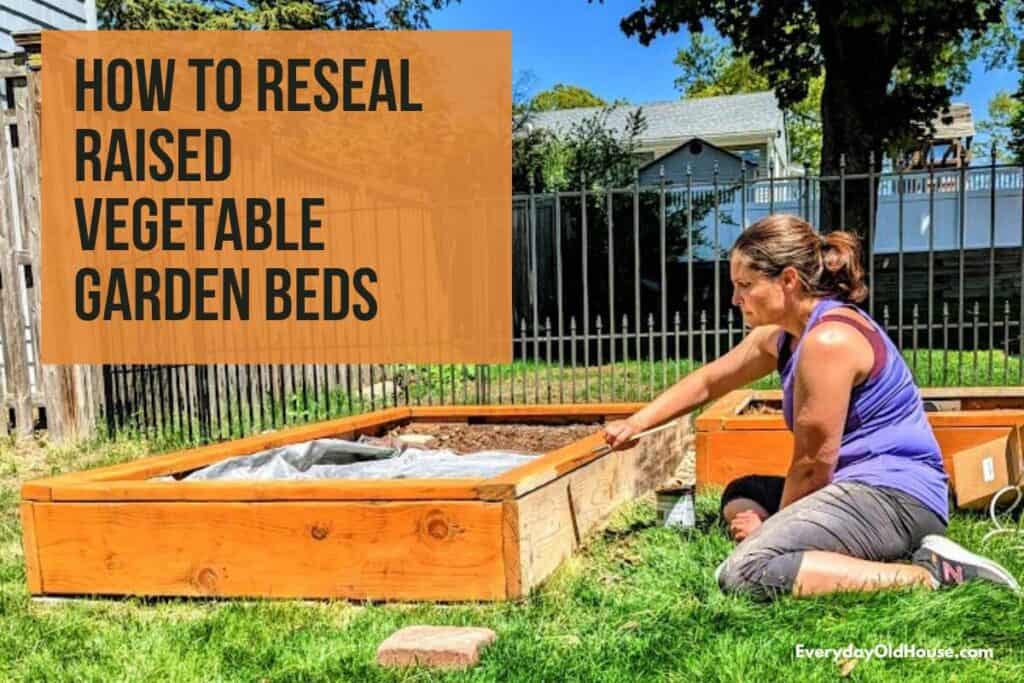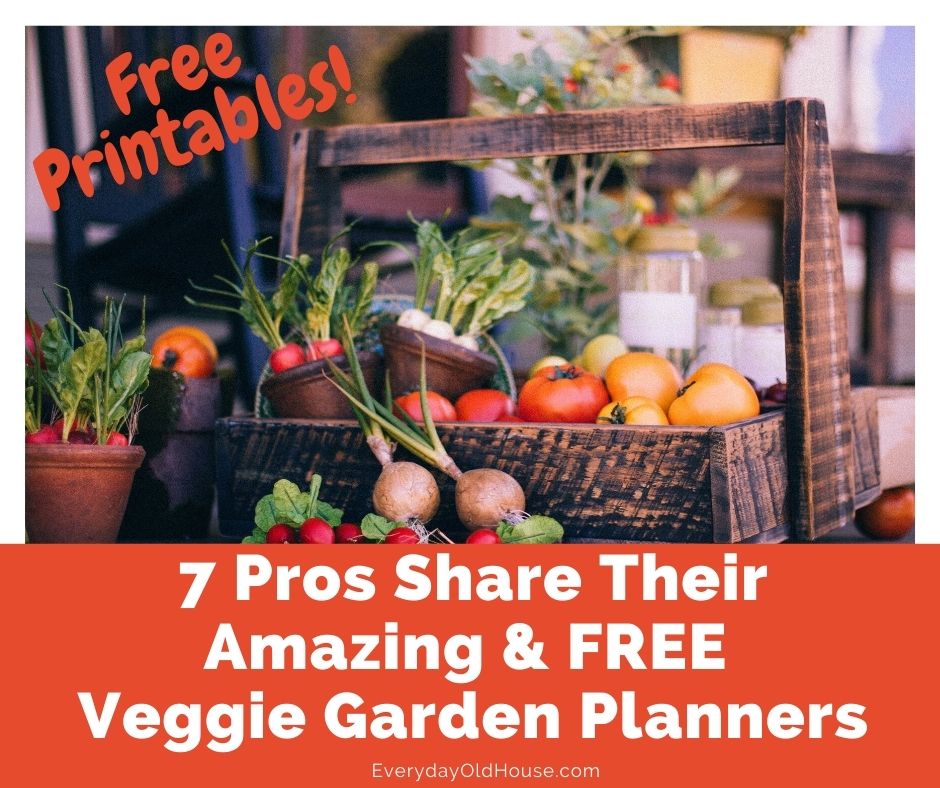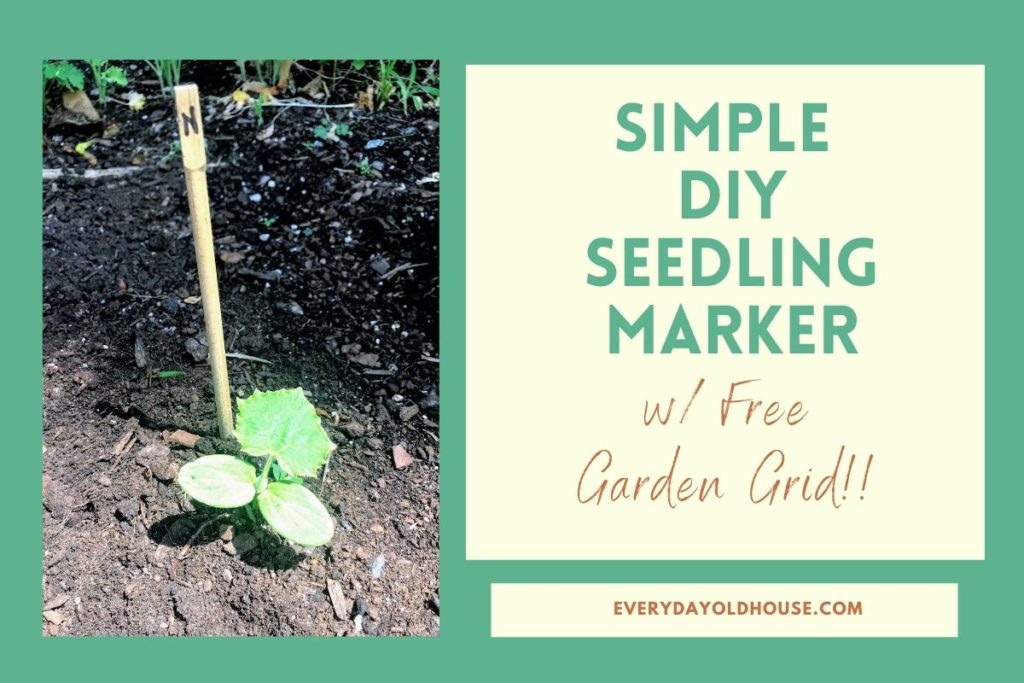Last Updated on March 4, 2024
A few years ago my husband surprised me by building two wood raised garden beds. They were gorgeous. And then in the fall, he built me a cold frame cover so that I could protect my veggies into the cooler New England autumn temperatures. Initially, I thought that my new raised garden bed cover was merely to extend my garden’s growing season, but I’ve since realized that the cover does SO much more.
My cover allows me not only to harvest into the fall and winter, it also kick-starts my spring planting, protects perennial herbs, lowers the risk of pesky pests, and reduces weather damage. Here are 7 reasons why raised vegetable garden bed covers are worth your time…
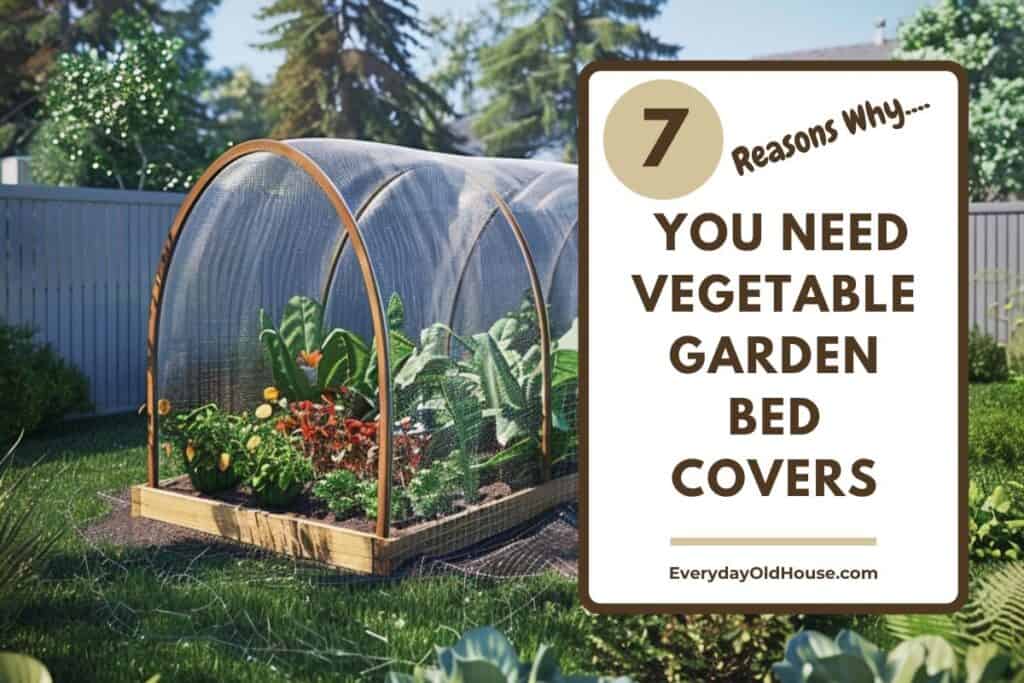
This post contains affiliate links, including but not limited to, Amazon Associates. As such, I earn from qualifying purchases. Full disclosure located here.
What is a Raised Vegetable Garden Bed Cover?
First, let’s get on the same page with a garden bed cover. It’s exactly what it sounds like – a simple yet effective way to shield your precious plants. My raised vegetable garden bed is a low hoophouse (also commonly referred to as a cold frames) based on this DIY YouTube video.
Covers from raised and in-ground beds come in a variety of shapes and sizes. There’s the HUGE rigid square tents you can walk into. Down to the other extreme – small, bell-shaped cloches that hug individual plants.
You can DIY these covers at a low cost (like my blueberry cage), or splurge on a high-quality one from a garden center.
Bed covers commonly consist of a protective material (mesh, chicken wire, plastic, etc….) supported by a frame (wood, pvc, metal), BUT sometimes a cover is as simple as a the right material draped over your crops. Here’s my hoophouse in the winter.
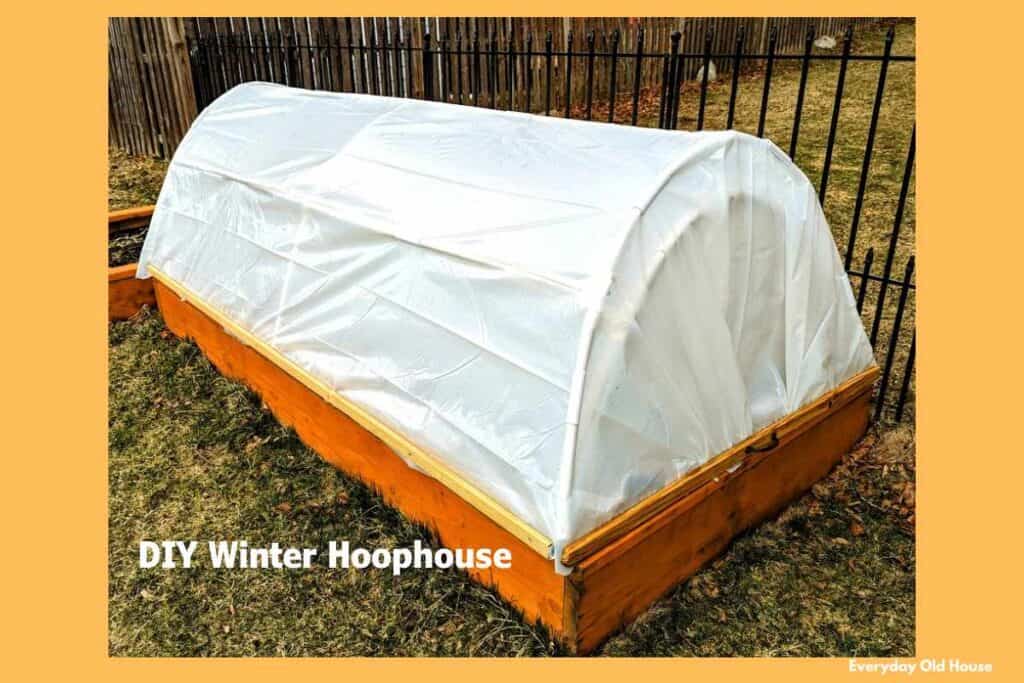
7 Reasons Raised Vegetable Garden Bed Covers Are Worth It
These 7 reason should convince you that with a little extra effort, your precious veggies are safe and sound. And you a happier gardener with a bountiful harvest.
1. Extend Harvest
Ok, let’s get the obvious reason raised vegetable garden bed covers are worth it. Think of a cover like giving your veggies a cozy little blanket for the colder months.
Just because fall has arrived and the regular growing season starts wrapping up with declining temperatures, it doesn’t mean your garden’s bounty needs to end.
By keeping your precious plants sheltered under this cover, you can enjoy fresh, homegrown veggies well into the cold temperatures. Yes, you heard that right – we’re talking about harvesting delicious produce well into November! (Longer if you have a glass greenhouse).
Some vegetables, especially late-season root crops like carrots and onions, can grow for a winter harvest! This was news to me – last fall I apparently forgot to harvest all my carrots. When I opened my hoophouse in the spring I was pleasantly surprised to find a crop of beautiful carrots awaiting me! What magic!!
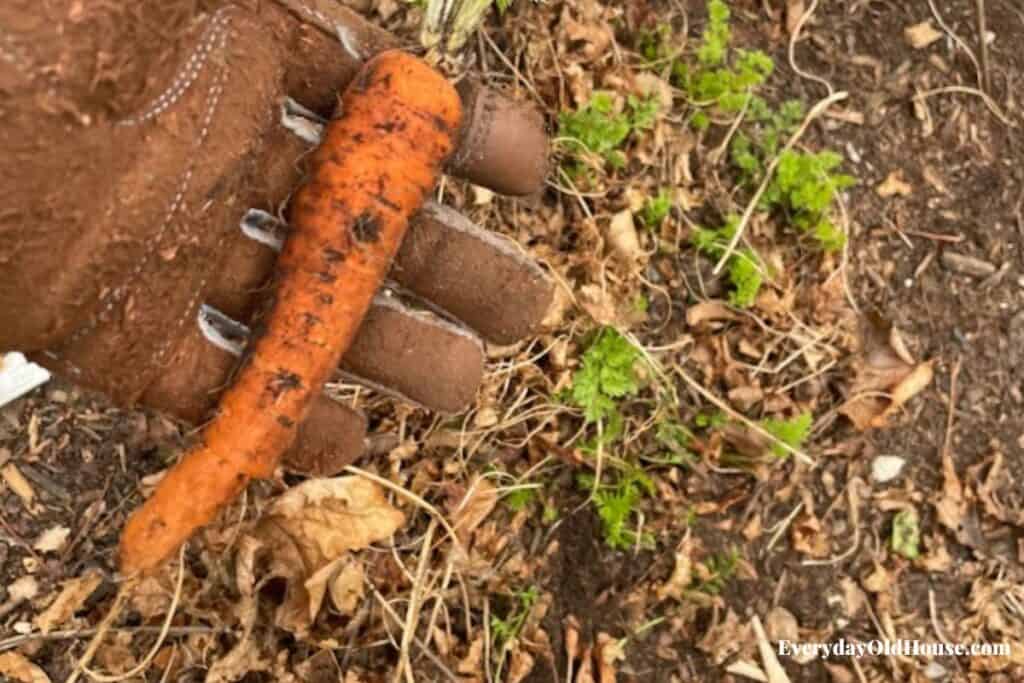
2. Protect Perennials
And not only do covers trap enough heat to keep the garden soil warm enough for growth, it also protects potential warm-weather perennials through the winter in colder climates.
For example, rosemary bushes. These perennial herbs can struggle through colder winters. We’ve lost several rosemary bushes planted in-ground gardens due to harsh winter temperatures here in New England.
Finally we smartened up and planted one in our raised garden bed and covered it up with our low hoophouse (which are also called cold frames). Haven’t had a problem since (knock on wood).
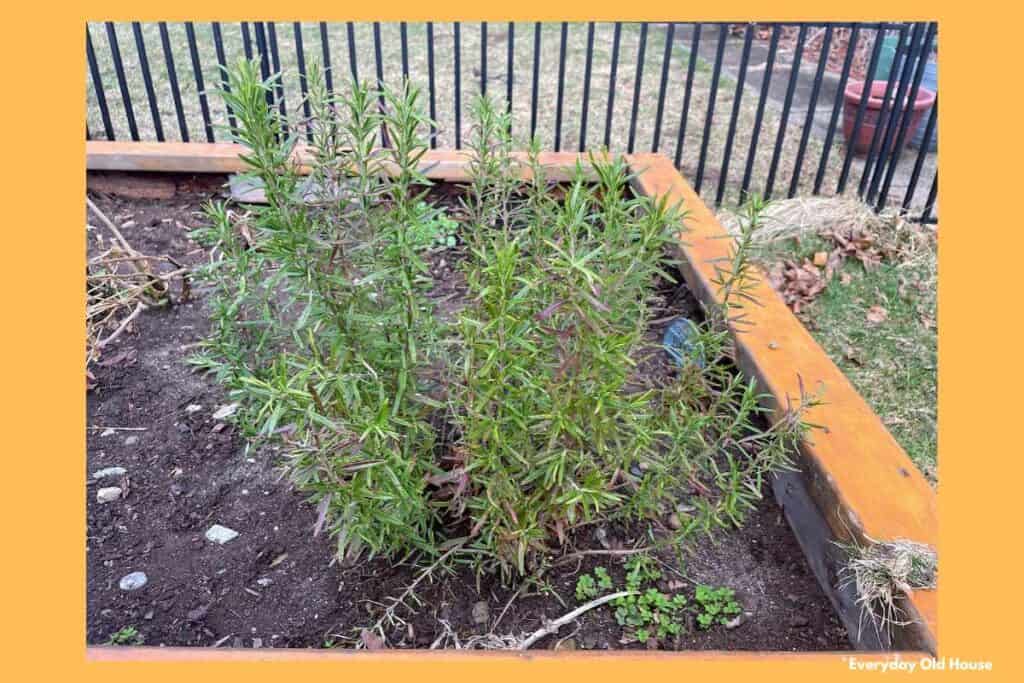
Note that a key element to keeping your garden under the cover comfy through the winter is picking the right covering to match your winter temperatures. The most common covering is clear plastic, or polyethylene that lock in heat. For more extreme gardening, consider frost cloth (aka garden fleece or frost blankets), which protects plants from frost damage in outdoor temperatures as low as 20 degrees.
3. Jumpstart Growing Season
Not only do bed covers extend garden productivity into the fall and winter, it can also jump start the spring! While the rest of your uncovered garden is still waking up from winter, you’ll already have sprouts be enjoying fresh produce as early as March!
If you pick the right cover for your zone (commonly a frost blanket or plastic), it allows seeds and seedlings can capture that early spring heat and harness it into growing energy.
I’m excited to plant cold-tolerant seed and seedlings earlier than before in my zone – carrots, beets, radishes, various lettuces, scallions, spinach, and more!
4. Protect from Other Elements
When you think about whether raised vegetable garden bed covers are worth it to protect from the elements, you likely think cold temperatures. But there are several other weather-related elements that can negatively impact your crops.
For example, high temps and direct, blazing sunshine can scald crops, like tomatoes. Or speed up bolting of lettuces. For geographical areas with extreme summer, UV-treated shade fabric is an option that protects the plant without completely blocking the sun and save vegetables. Plus is helps keep the garden soil from drying out too quickly, especially helpful in states where is water is becoming a resource issue.
If you live in an area known for hail and heavy rains, a temporary garden cover that can be quickly thrown on or up with the weather takes a turn. Sometimes the solution can be as simple as a plastic bucket over a newly planted tomato plant.
5. Stop Animals
Personally, this was the original reason we covered our raised vegetable garden beds. When we built our raised bed frame, we thought it was high enough to stop the rabbits jumping in and taking a treat, but we were wrong. There was evidence of rabbit foot traffic.
Related Post: List of 10+ Vegetable Plants Rabbits Won’t Eat from Your Garden [Free Printable]
After we built our hoop house (with some trial and error) covered with mesh, we stopped critters from transforming our raised garden bed into a midnight buffet….

Covering your raised vegetable garden beds will keep out a host of critters, including squirrels, rabbits, skunks, birds, mice, deer, or whatever else is roaming your neighborhood at 4am.
6. Deter Pests & Diseases
Raised vegetable garden bed covers don’t just protect your plants from larger critters – they also are an excellent way to stop insects from destroying your crops.
If done correctly, raised vegetable garden bed covers create an organic pest control barrier to common pests, like the common aphids, squash bugs, cucumber beetles, slugs, etc., No longer a need for pesticides!
However, you must balance the right cover material against insects. Admittedly, solid sheeting may stop insects and the spread of airborne fungal spores. BUT…. solid sheeting also stops critical elements, like water and sunlight, reaching your plants and doing their job.
Lightweight floating row covers or insect netting might be a better alternative for you if concerned about compromising on H2O and sunlight. These covers have a tight-knit, very fine mesh size perfect for keeping insects from laying eggs and grabbing a tasty treat.
Just remember that blocking out insects with row covers also includes stopping beneficial insects like pollinators from doing their thing. Yikes! So you need to be cognizant and intentional on when to use (and when NOT to use) row covers if you want plants to produce.
7. Financial and Health Benefits
Extending your growing and harvesting seasons provides several financial and health benefits. Similar to reasons for growing a “victory” garden, covering your raised bed frame saves money at the grocery store. By jump-starting production in the spring, and sailing into the fall with an extended harvest, you can quickly breeze through the produce section at the grocery store.
[Related Post: 10 Surprising Benefits of Victory Gardens]
Plus, you know exactly where your vegetables came from and what’s in them. Your vegetables weren’t trucked in from far away – It’s a local harvest. YOU have control over the pesticides (or even better, the lack of pesticides) applied. And not only are your vegetables probably healthier then the ones in the grocery store, studies have proven that your little ones tend to eat more fruits and vegetables if they are homegrown.
A win-win!
Related Posts
Want to be the first to know about new posts? Be sure to follow me on Pinterest, Facebook, Instagram or Twitter of even Etsy! Or better yet… Subscribe below!
My monthly (admittedly sometimes more, sometimes less….) emails are like receiving a unexpected letter from an old friend WITHOUT needing to put on your slippers and walk out to your mailbox…. See? I got ya, my friend!)
[Note: My posts are proudly connected to these amazing link parties full of DIY ideas and inspiration!]





